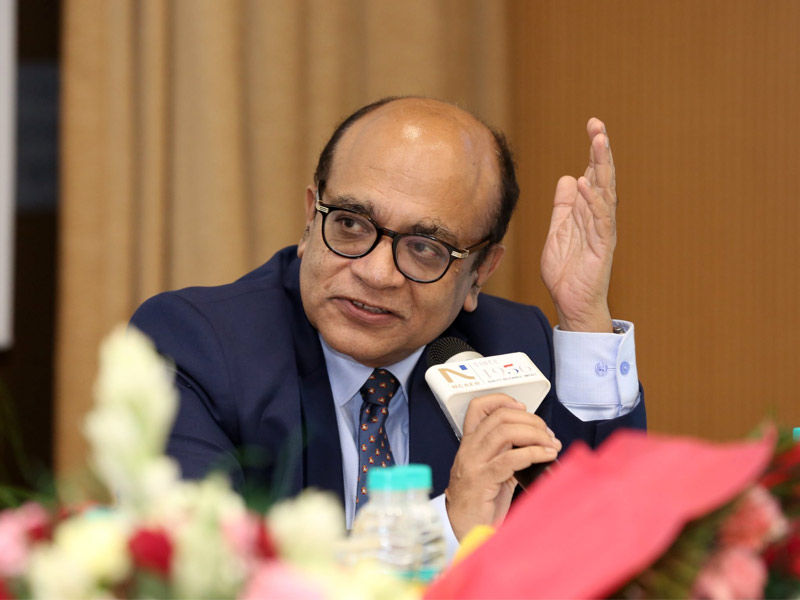Given that India’s economy is heavily dependent on trade and that 20% of its output is exported, a lengthy global recession is a significant hurdle that might cast doubt on Morgan Stanley’s forecast.
S&P Global and Morgan Stanley predict that India will surpass Japan and Germany to become the 3rd-largest economy in the world.
The prediction from S&P is based on the assumption that through 2030, India’s nominal yearly gross domestic product (GDP) growth will average 6.3 percent.
A 6.3 percent increase was recorded in India for the quarter of July through September, according to figures made public by the National Statistics Office.
According to the S&P research, these estimates are predicated on further structural reforms, such as labor market reform, infrastructure investment, and financial and trade liberalization.
India Will Transition To An Export-Based Economy
To increase manufacturing, investment, as well as export across industries as India, aspires to become a hub for global manufacturing, the Indian government has reportedly already focused on doing so through initiatives like production-linked incentives (PLI).
According to S&P analysts, it is highly likely that the government is relying on PLIs as a strategy to increase export dependence and supply chain connectivity in the Indian economy.

According to Morgan Stanley‘s forecast, by 2031, manufacturing in India will account for 21% of GDP, up from its current 15.6 percent.
This indicates that the Bank expects manufacturing revenue to rise from the current $447 billion to approximately $1,490 billion, a threefold increase.
According to Morgan Stanley, multinationals are more optimistic than ever about investing in India and the government is promoting investment by creating infrastructure and providing land for manufacturing.
The Difficulties
Given that India’s economy is heavily dependent on trade and that 20% of its output is exported, a lengthy global recession is a significant hurdle that might cast doubt on Morgan Stanley’s forecast.
Even yet, the second quarter’s GDP growth rate of 6.3 percent was in line with Reserve Bank of India (RBI) expectations.
The GDP number indicates a strong economy, but the gross value added (GVA) is only up 5.6%, raising the question: Is the economy not as robust as the GDP number is indicating? Additionally, manufacturing has surprisingly low growth, coming in at -4.3.
Nett exports are another issue that could provide a problem. Imports have expanded far faster than exports; net imports are nearly double what they were a year ago. This harms GDP.

Former Monetary Policy Committee member Mridul Saggar feels that world exports are slowing, giving India fewer prospects.
A slowdown appears to be on the way. It is coming globally, but less so in India. Domestic forces have also slowed growth in India. So that’s the main thing, he says.
Also, Read India Aims For Third-Largest Economy By 2027, Sustaining Growth Rate
Analysts have recently lowered their forecasts for India’s GDP growth.
Taking into account high borrowing costs and the fading impacts of the post-pandemic reopening of the economy, Goldman Sachs has reduced GDP growth forecasts to 5.9 percent in 2023, down from 6.9 percent in 2022.
The Finance Ministry warned last week that the global crisis could harm India’s export industry.
Moody’s decreased its India GDP growth forecast for 2022 from 7.7 percent to 7% in November, citing rising inflation, high-interest rates, and a global economic slowdown.

























